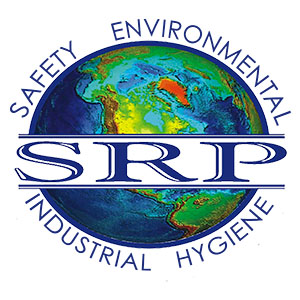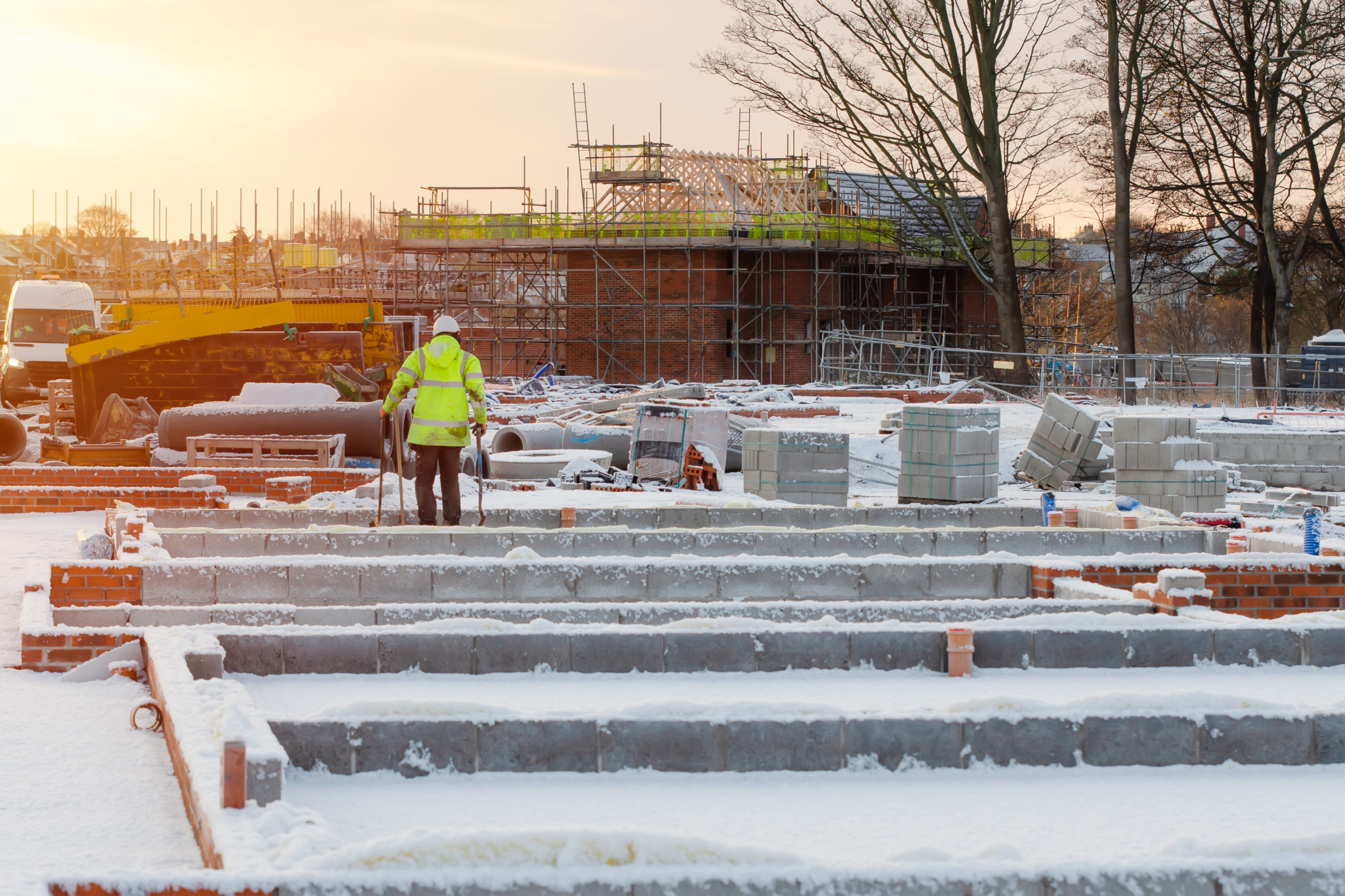Story Originally published by KTBS source SRP Environmental.
Homeowners should consider whether any of the materials that may be removed or disturbed during their remodeling, renovation, restoration or demolition contain asbestos materials. Common materials that contain asbestos include:
- Attic and wall insulation produced containing vermiculite
- Vinyl floor tiles and mastic/glue and the backing on vinyl sheet flooring and adhesives
- Roofing and siding shingles
- Sheetrock and joint compound
- Textured paint and patching compounds used on wall and ceilings
- Hot water and steam pipes coated with asbestos material or covered with an asbestos blanket or tape
- Window glazing (older homes)
- Acoustic texture on ceilings
Generally, you can’t tell whether a material contains asbestos just by looking at it, unless it is labeled. If in doubt, treat the material as if it contains asbestos and leave it alone. If any suspected asbestos containing materials are to be disturbed during renovation activities, the homeowner, remodeling, or restoration contractor should contact an asbestos inspector that is accredited by the state in which the structure is located (Louisiana Department of Environmental Quality, Texas Department of State Health Services, Arkansas Department of Environmental Quality). Each of these agencies maintains a list of accredited inspectors to choose from.
Accredited asbestos professionals are trained on what to look for when conducting an asbestos inspection of your home or building. They will also be able to correctly take samples for analysis. It is important to make sure a certified asbestos laboratory analyzes the samples. Ask your professional for their asbestos credentials and the qualifications of the asbestos laboratory used. Please note: Taking samples yourself is not recommended. If done incorrectly, sampling can be more hazardous than leaving the material alone. There are increased health risks associated with releasing asbestos fibers into the air.
If building materials in your home aren’t damaged and won’t be disturbed, you do not need to have your home tested for asbestos. Material that is in good condition and will not be disturbed (by remodeling, for example) should be left alone.
Should the asbestos inspector determine that you have asbestos containing materials that will be disturbed during renovation activities, the homeowner or remodeling contractor should contact a Licensed Asbestos Abatement Contractor. State agencies have the most up-to-date listings of accredited professionals in your area.
Tips for hiring an asbestos professional:
- Avoid a conflict of interest. An asbestos professional hired to assess the need for asbestos repair or removal should not be connected with an asbestos firm that does the actual repair or removal of materials. It is better to use two different firms so there is no conflict of interest.
- Ask asbestos professionals to document their completion of federal- or state-approved training. Each person performing work should provide proof of accreditation to do asbestos work.
- Check on the past performance of your asbestos professional with your local air pollution control board, the local agency responsible for worker safety, and the Better Business Bureau.
- Ask if the firm has had any safety violations. Find out if there are legal actions filed against it.
When Hiring an Asbestos Professional Inspector
- Make sure that the inspection will include a complete visual examination, the careful collection of samples and laboratory analysis.
- If asbestos is present, the inspector should provide a written evaluation describing its location and extent of damage. Recommendations for correction or prevention should also be given. The inspector may recommend clearance sampling be done after the area has been properly cleaned.
When Hiring an Asbestos Professional Contractor
- Before work begins, get a written contract specifying the work plan, cleanup, and the applicable federal, state, and local regulations which the contractor must follow (such as notification requirements, removal, handling and disposal procedures). Check with state agencies and asbestos worker protection laws to learn about federal, state, and local laws.
- At the end of the job, get written assurance from the contractor that all procedures have been followed.
- Ensure the contractor follows these procedures:
- Avoid spreading or tracking asbestos dust into other areas of your home.
- Dispose of all materials, disposable equipment and clothing used in the job in sealed, leak-proof, and labeled heavy-duty plastic bags. The work site should be visually free of dust and debris.
- Upon completion, clean the entire area thoroughly with wet mops, wet rags, sponges, or HEPA (high-efficiency particulate air) vacuum cleaners. A regular vacuum cleaner should never be used.
- Do not break removed material into small pieces. This could release asbestos fibers into the air.
- Apply a wetting agent to the asbestos material with a hand sprayer that creates a fine mist before removal. Wet fibers do not float in the air as easily as dry fibers and will be easier to clean up.
- Ensure the work site is clearly marked as a hazard area. Do not allow household members and pets into the area until work is completed.
- Seal the work area from the rest of the house using plastic sheeting and duct tape, and turn off the heating and air conditioning system. For some repairs, such as pipe insulation removal, plastic glove bags may be adequate. They must be sealed with tape and properly disposed of when the job is complete.
After the work is complete, an inspector or an independent air-testing contractor may perform air monitoring to make sure there is no increase of asbestos fibers in the air which may be necessary to assure that the contractor’s job was done properly. (Source www.EPA.gov)
It is not recommended that the homeowner remove the asbestos materials themselves. Improper removal of these materials can result in unnecessary exposure to the homeowner. Improper removal of asbestos can also cause the asbestos fibers to become airborne which could contaminate the entire home.

 ">
">
 ">
">